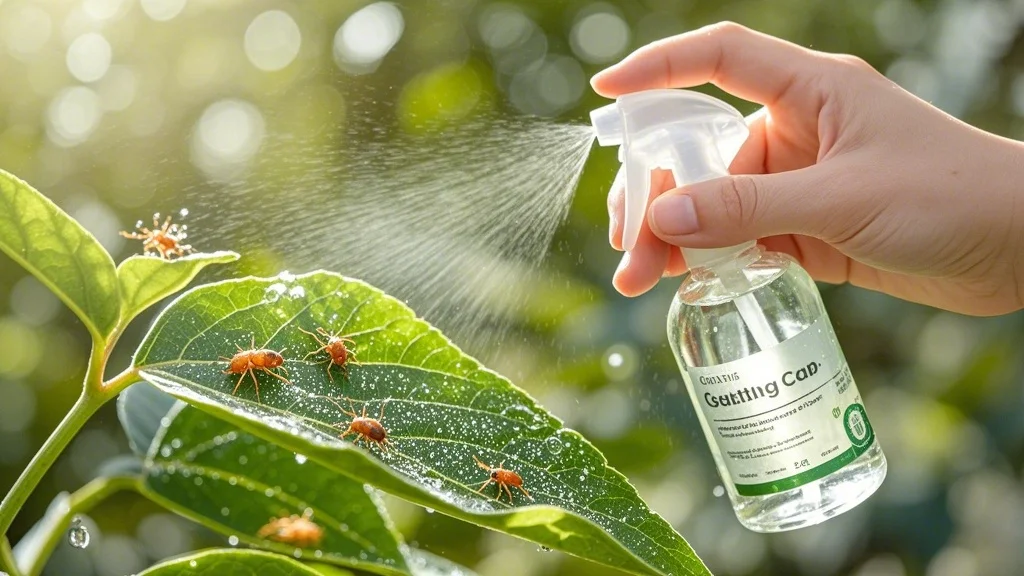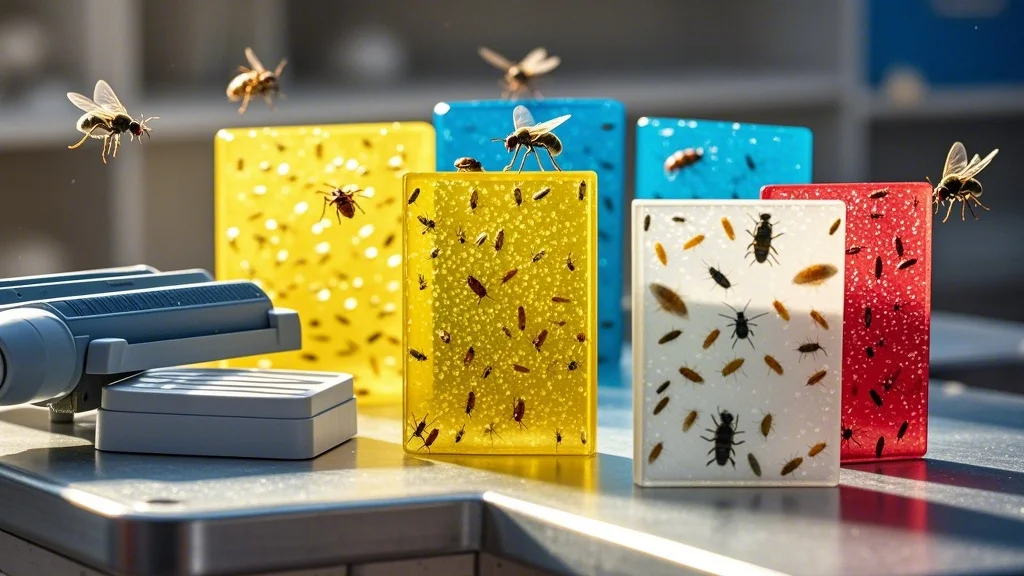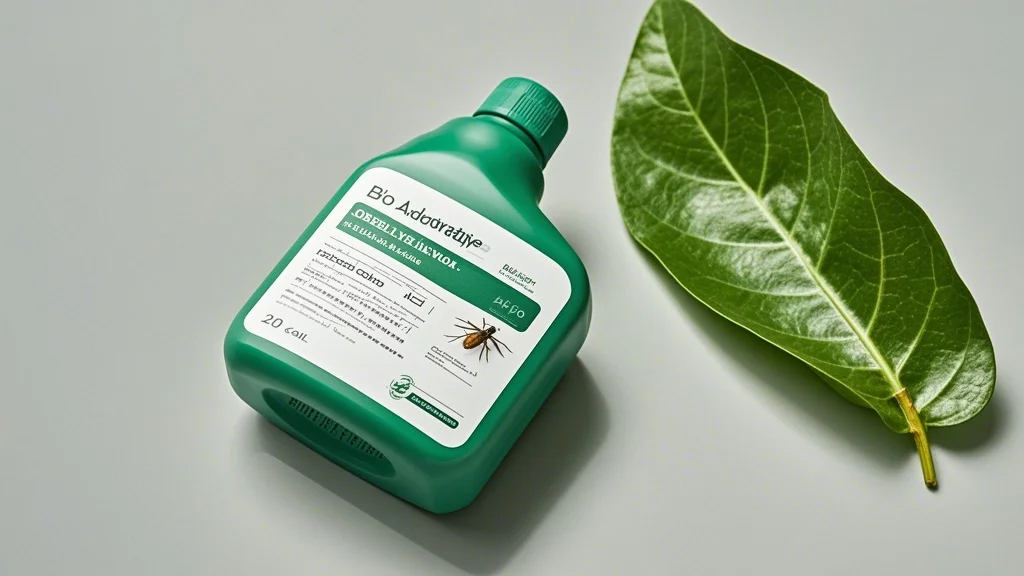If you’ve ever noticed tiny flying insects buzzing around your houseplants, you’ve likely encountered fungus gnats. These pesky creatures can quickly become a nuisance for indoor gardeners and plant enthusiasts. In this comprehensive guide, we’ll explore the world of fungus gnats, their lifecycle, and most importantly, how to eliminate them from your indoor garden for good.
Contents
- 1 What Are Fungus Gnats?
- 2 The Fungus Gnat Lifecycle
- 3 Why Fungus Gnats Are a Problem
- 4 Conditions That Attract Fungus Gnats
- 5 Prevention: The First Line of Defense
- 6 Effective Treatment Methods for Fungus Gnats
- 7 Integrated Pest Management for Long-Term Control
- 8 Maintaining a Fungus Gnat-Free Environment
- 9 When to Seek Professional Help
- 10 Conclusion
What Are Fungus Gnats?
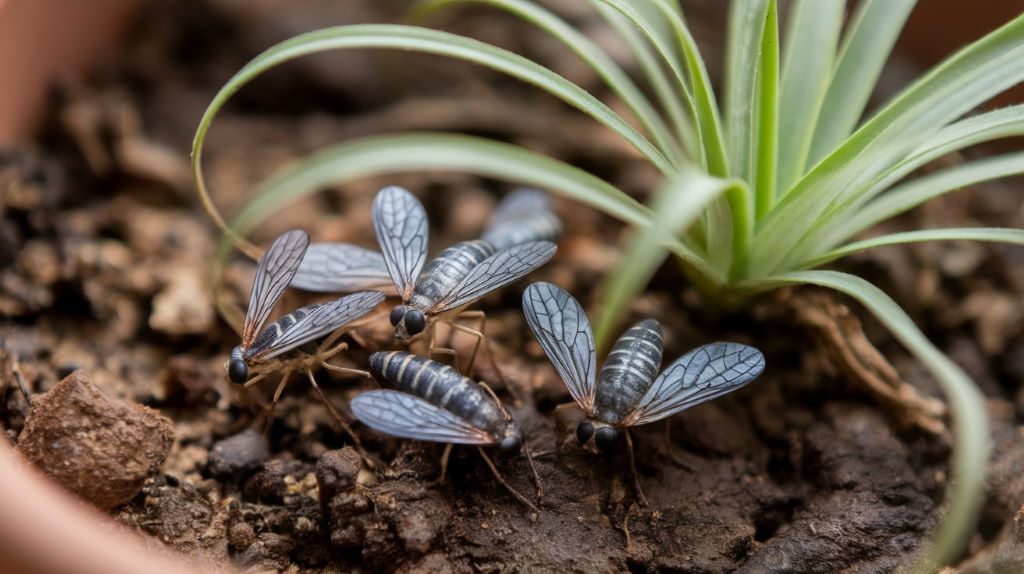
Fungus gnats (Bradysia species) are small, mosquito-like flies that are commonly found in indoor environments, particularly around potted plants. While adult fungus gnats are more of an annoyance than a threat to your plants, their larvae can cause significant damage to root systems, especially in young plants or seedlings.
Identifying Fungus Gnats
- Size: Adults are typically 1/8 inch long
- Color: Dark gray to black
- Wings: Transparent with a Y-shaped vein pattern
- Antennae: Long and slender
- Movement: Often seen running across the soil surface or flying erratically around plants
The Fungus Gnat Lifecycle
Understanding the lifecycle of fungus gnats is crucial for effective control. The complete lifecycle consists of four stages:
- Egg: Female gnats lay tiny eggs in moist soil or organic debris.
- Larva: Eggs hatch into larvae, which feed on organic matter and plant roots.
- Pupa: Larvae develop into pupae in the soil.
- Adult: Pupae emerge as adult gnats, ready to mate and lay eggs.
The entire lifecycle can be completed in as little as 3-4 weeks, depending on environmental conditions. This rapid reproduction rate is why infestations can quickly get out of hand if not addressed promptly.
Why Fungus Gnats Are a Problem
While adult fungus gnats don’t bite humans or cause direct damage to plants, they can be incredibly annoying. The real threat comes from the larvae:
- Root damage: Larvae feed on plant roots, which can stunt growth or even kill young plants.
- Disease transmission: Fungus gnats can spread plant pathogens as they move from plant to plant.
- Aesthetic issues: The presence of flying insects can be off-putting, especially in indoor environments.
Conditions That Attract Fungus Gnats
Fungus gnats thrive in specific conditions, which are often inadvertently created by well-meaning plant owners:
- Overwatering: Consistently moist soil is ideal for fungus gnat larvae.
- Organic matter: Decaying plant material in the soil provides food for larvae.
- Poor drainage: Soil that doesn’t drain well creates the perfect breeding ground.
- High humidity: Fungus gnats prefer damp environments.
Prevention: The First Line of Defense
As with many pest problems, prevention is key. Here are some strategies to make your indoor garden less attractive to fungus gnats:
1. Proper Watering Techniques
- Allow the top inch of soil to dry out between waterings.
- Use well-draining potting mixes to prevent water retention.
- Consider bottom watering to keep the soil surface dry.
2. Soil Management
- Remove dead leaves and plant debris from the soil surface.
- Avoid using outdoor soil for indoor plants, as it may contain fungus gnat eggs or larvae.
- Consider adding a layer of sand or fine gravel to the soil surface to deter egg-laying.
3. Quarantine New Plants
- Isolate new plants for at least two weeks before introducing them to your collection.
- Inspect new plants carefully for signs of pests or eggs in the soil.
4. Maintain Proper Humidity
- Use a hygrometer to monitor humidity levels in your growing area.
- Improve air circulation with fans if humidity is consistently high.
Effective Treatment Methods for Fungus Gnats
If prevention fails and you find yourself facing a fungus gnat infestation, don’t despair. There are several effective treatment methods available:
1. Sticky Traps
- Yellow sticky traps attract and capture adult fungus gnats.
- Place traps horizontally on the soil surface or vertically near affected plants.
- Replace traps regularly as they become full.
2. Biological Control
- Beneficial nematodes (Steinernema feltiae) can be applied to the soil to prey on fungus gnat larvae.
- Bacillus thuringiensis subspecies israelensis (BTI) is a naturally occurring bacteria that targets fungus gnat larvae.
3. Hydrogen Peroxide Solution
- Mix one part 3% hydrogen peroxide with four parts water.
- Water plants with this solution to kill larvae in the soil.
- Repeat treatment weekly until the infestation is under control.
4. Diatomaceous Earth
- Sprinkle food-grade diatomaceous earth on the soil surface.
- This natural substance dehydrates and kills larvae and pupae.
- Reapply after watering or if the layer becomes disturbed.
5. Neem Oil
- Mix neem oil according to package instructions and apply to the soil.
- Neem oil acts as a natural insecticide and can disrupt the fungus gnat lifecycle.
- Repeat applications every 7-14 days as needed.
6. Cinnamon
- Sprinkle ground cinnamon on the soil surface.
- Cinnamon has natural antifungal properties that can deter fungus gnats.
- Reapply after watering or when the layer becomes thin.
7. Chemical Insecticides
- As a last resort, consider using chemical insecticides specifically labeled for fungus gnat control.
- Follow all safety instructions and application rates carefully.
- Be aware that chemical treatments may harm beneficial insects and soil microorganisms.
Integrated Pest Management for Long-Term Control
For the most effective and sustainable fungus gnat control, implement an integrated pest management (IPM) approach. This strategy combines multiple methods to target fungus gnats at different life stages:
- Monitor: Use sticky traps to track adult gnat populations and assess the severity of the infestation.
- Cultural Controls: Adjust watering practices, improve soil drainage, and remove organic debris.
- Physical Controls: Use sticky traps and barriers like sand or diatomaceous earth.
- Biological Controls: Introduce beneficial nematodes or BTI to target larvae.
- Chemical Controls: Use natural or synthetic insecticides as needed, starting with the least toxic options.
- Evaluate and Adjust: Regularly assess the effectiveness of your control measures and make changes as necessary.
Maintaining a Fungus Gnat-Free Environment
Once you’ve successfully eliminated fungus gnats, it’s important to maintain good practices to prevent future infestations:
- Continue to monitor for early signs of fungus gnats using sticky traps.
- Maintain proper watering habits, allowing soil to dry between waterings.
- Regularly inspect plants for signs of stress or pest activity.
- Clean and sanitize gardening tools and containers between uses.
- Consider using sterile, soilless growing media for particularly sensitive plants.
When to Seek Professional Help
While most fungus gnat infestations can be managed at home, there may be situations where professional assistance is warranted:
- If the infestation persists despite thorough treatment efforts
- When dealing with large collections of rare or valuable plants
- In commercial or public spaces where pest control regulations may apply
- If you’re unsure about proper pesticide application or have health concerns
Professional pest control experts can provide targeted treatments and offer advice on long-term prevention strategies tailored to your specific situation.
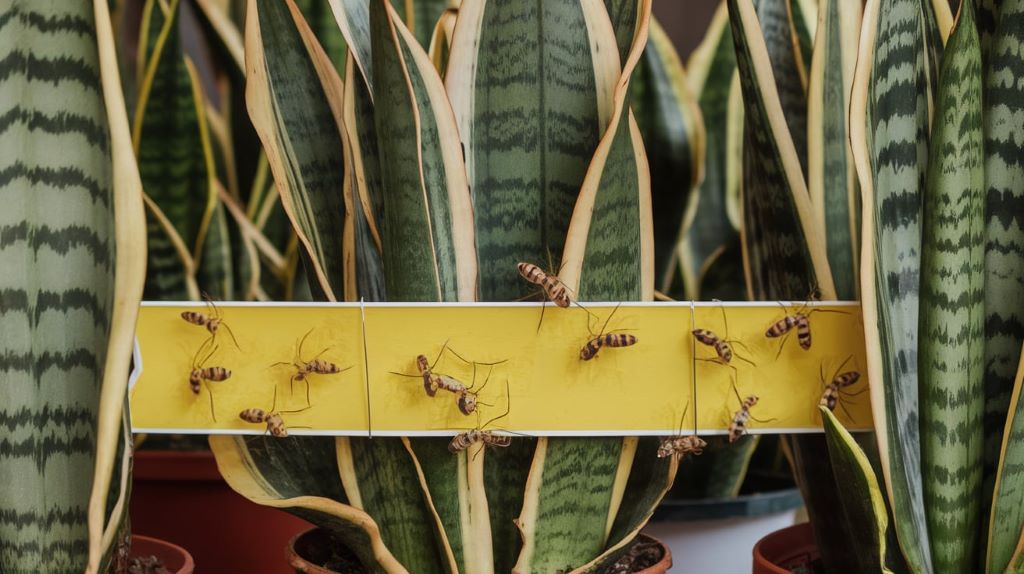
Conclusion
Fungus gnats may be small, but they can cause big headaches for indoor gardeners. By understanding their lifecycle and implementing a combination of prevention and treatment methods, you can effectively eliminate these pesky flies and create a healthier environment for your plants to thrive.
Remember, patience and persistence are key when dealing with fungus gnats. It may take several weeks of consistent effort to completely eradicate an infestation. However, with the right approach and a commitment to good plant care practices, you can enjoy a fungus gnat-free indoor garden and focus on nurturing your green companions without the buzz of these annoying pests.
By following the strategies outlined in this guide, you’ll be well-equipped to tackle fungus gnat problems head-on and maintain a thriving, pest-free indoor garden. Happy growing!

